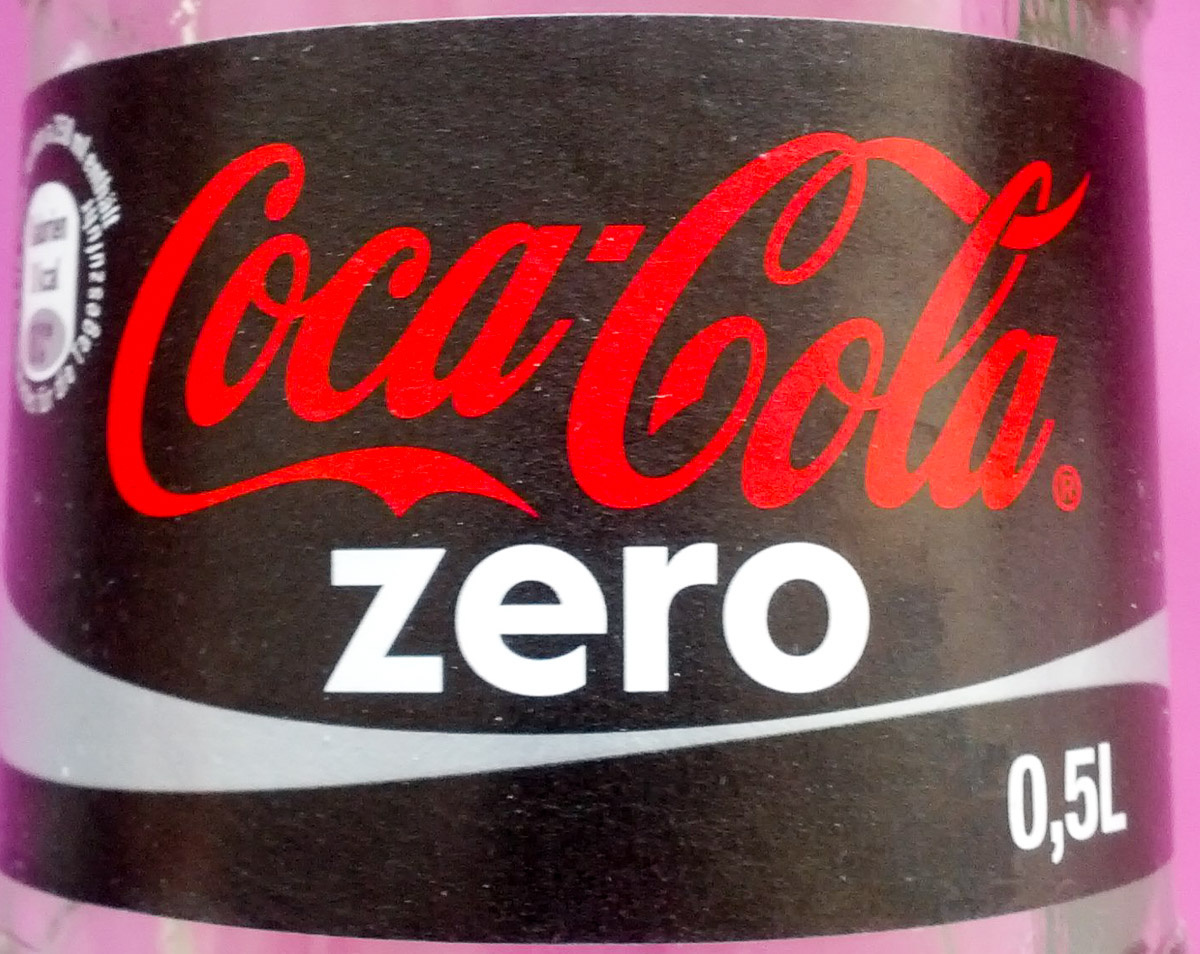Coca-Cola zero - 0,5 l
This product page is not complete. You can help to complete it by editing it and adding more data from the photos we have, or by taking more photos using the app for Android or iPhone/iPad. Thank you!
×
Barcode: 5449000134424 (EAN / EAN-13)
Common name: kalorienarmes, koffeinhaltiges Erfrischungsgetränk mit Pflanzenextrakten, mit Süßungsmitteln
Quantity: 0,5 l
Packaging: Glass, de:Mehrwegpfand
Brands: Coca-Cola
Categories: Beverages, Carbonated drinks, Sodas, Colas, Sweetened beverages
Countries where sold: Germany









